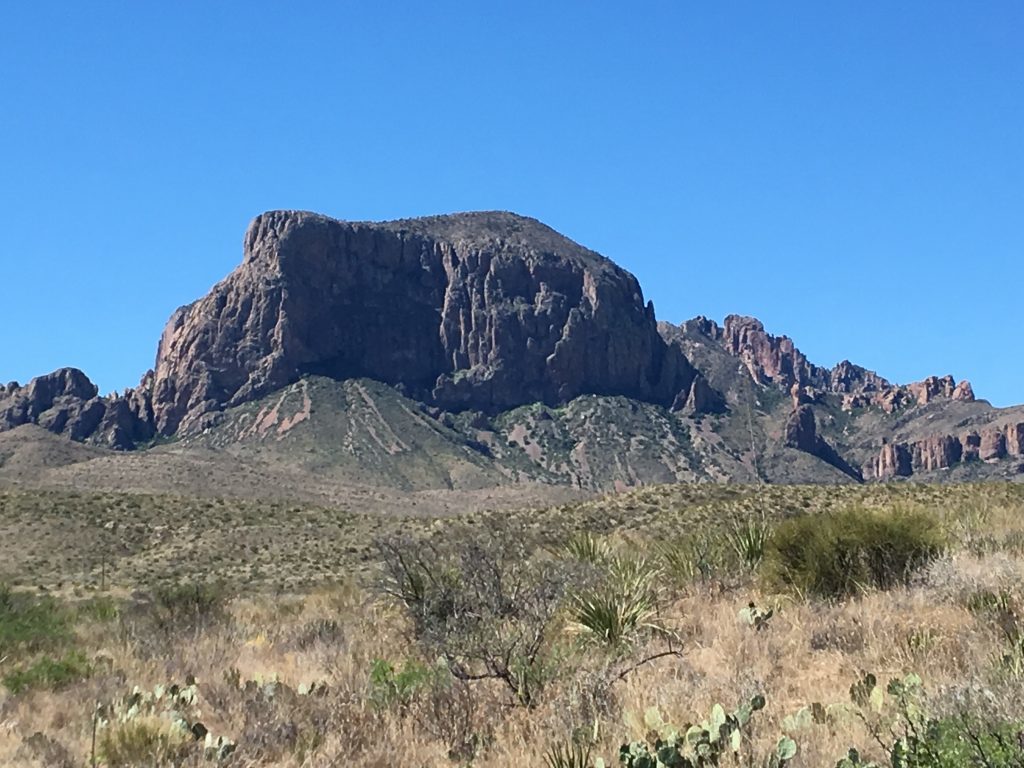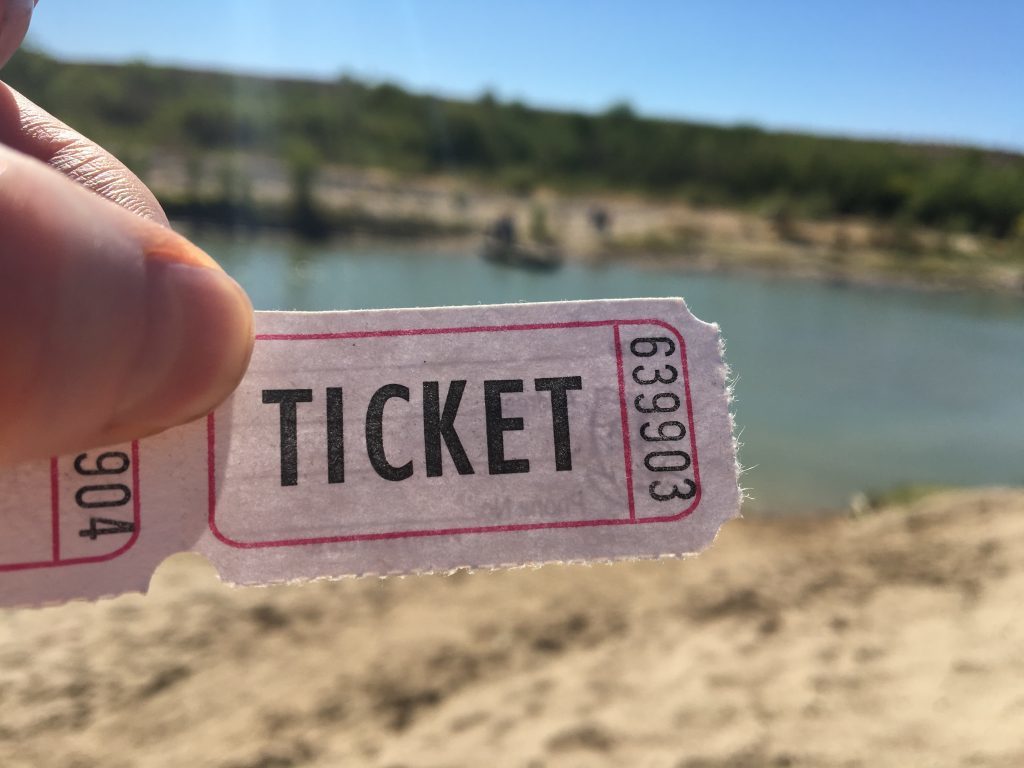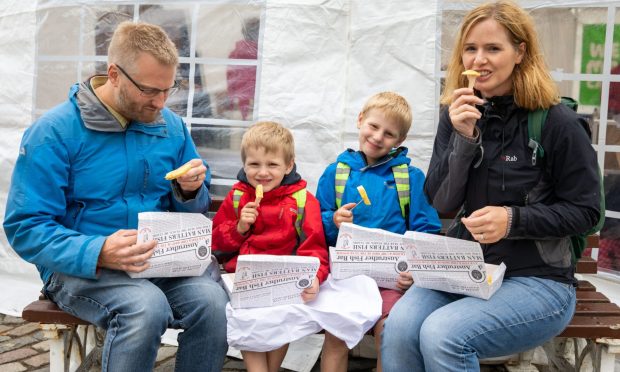Michael Alexander travelled to a remote part of the border between the USA and Mexico in search of US President Donald Trump’s fabled wall.
The parched road stretches into the distance like a snake wriggling through the baked scrub land that surrounds us.
Hardy cacti dot rocky hillsides and occasional scrub peppers the arid, otherwise lifeless, sands.
It’s taken us more than nine hours to travel the 650-mile road trip from Dallas to this remote corner of South West Texas, passing through countless small Cowboy Country towns and small oil fields that help fuel the economy of America’s Lone Star state.
Yet as we keep driving south and leave the vastness of the Great Plains behind, the landscape only serves to turn even more dramatic as towering mountain cliffs, desert expanses and dramatic canyons loom ahead.
Welcome to Big Bend – the only national park in the United States to contain an entire mountain range – the Chisos – within its borders.
Dedicated in 1944, the 800,000 acre park is nestled in the bend of the Rio Grande River along the Texas-Mexico border where spectacular examples of Chihuahuan Desert topography and ecology attract nature enthusiasts from across the world.
Big Bend contains geological marvels, historic and prehistoric treasures and an amazing diversity of plant and animal life across its dramatic range of elevations.
From its lowest point of 1,850 feet in Rio Grande Village to Emory Peak at 7,825 feet, the park presents impressive changes in climate, with temperatures in the desert routinely 10 to 20 degrees warmer than in the mountains.
Desert trails and back country roads give plenty opportunities for hiking, camping and solitude, with spectacular sunsets virtually guaranteed.
But there’s another, slightly more bizarre reason why tourists – like us – have started flocking here. It’s because of Donald Trump!
While the mighty Rio Grande River is bounded by a fence hundreds of miles upstream to secure the border between the United States and Mexico, here the international border is an open one where the river is shallow enough to wade – and where any suggestion it would be a good place to build a wall amid this wilderness without boundaries seems laughable.
Tourists are, however, attracted by the recent re-opening of an official pedestrian-only border crossing between the two countries at Boquillas – adding a new layer of fun and adventure to the national park visit.
We are within a mile of the Mexican border on the US side when we catch our first glimpse of what must be Mexico – looking across the Rio Grande flood plain toward the wild reaches of the Sierra del Carmen.
Above those cliffs, black bear and Montezuma quail are said to roam a mountain wilderness of ponderosa pine forest and wildflower meadows.
The reality is of course that the ecosystem on both sides of the international border is one and the same.
Birds and whitetail deer native to the Sierra del Carmen in Mexico are often sighted in Big Bend’s Chisos mountains in the USA.
The two countries also share the river environment – a narrow oasis winding though the Chihuahuan Desert.
And it’s the irrigation system developed by villagers on the Mexican side of the border that catches the eye from this vantage point as an unusual scar of dark green in an otherwise arid and mountainous landscape stretches as far as the eye can see.
Reaching the terminus of a dead end road and parking up in a gravelled car park outside a small US Border and Customs Protection office, it’s early afternoon when we make our way down to a small modern building flying the Stars and Stripes above a large sign which reads ‘Boquillas Crossing Port of Entry’.
Given recent headlines about US-Mexican relations, we might have expected to be given a hard time about making the crossing into the United States’ southern neighbour.
Yet nothing could be further from the truth during our visit.
Inside the air conditioned compound we are greeted by a very laid back US Ranger, doubling up as a US Border guard, who takes a passing look at our passports and nods us on our way with barely a word.
A giant welcome sign refers to the historic spirit of co-operation between the two-countries and explains how crossing to Boquillas, Mexico can “increase your understanding of the international flavour and history” of the area.
Given the low river levels, wading across the Rio Grande would certainly have been an option and would have been a great way to cool off in the blistering heat. Funnily enough there is no wall to scale!
But we take up the offer of an enterprising Mexican who is operating a row boat service at $5 per head (return).
It takes just 55 seconds to cross, but what an experience, and arriving on the far river bank, there’s a real sense we are entering another land.
We decide to walk the half mile or so to Boquillas del Carmen – the ‘Fifers’ in us politely turn down the offer of a donkey ride to the Mexican village for another $5 per head, and declines a similar offer for the services of a guide.
Here, there are no paved roads. So instead we negotiate a dusty, rutted, dirt track – crossing a dry river bed – and after just a few minutes of walking through the baking heat, arrive in the centre of the village which feels like it’s stuck in some dry backwater of time.
Amid the assortment of dilapidated shacks, we locate a pair of Mexican Border guards – who we could easily have walked past and they would, it seems, not have been bothered.
Our passports are stamped – ‘Mexico’. Already it feels like mission accomplished!
But in the hours that follow, our best times are spent in the company of the locals and fellow travellers.
From the opportunistic Mexican families selling ‘Look No Wall!’ t-shirts from make-shift street stalls to the enterprising family who’d turned their veranda into a restaurant.
From the slightly menacing barman selling us ice cold beer to the long-haired former US Army veterans from Ohio sharing stories about their camping exploits in the wilds, this was an experience up there with the best of my travels over the years – and I’ve found myself in one or two far out places in years gone by!
With the official border crossing closing at 6pm, security was slightly more stringent on our return to the USA. Well, only just.
It was slightly comical as we waited for our turn to make the return ferry crossing back to the USA.
The Mexican donkey owners were chilling out in the shade with some Mexican music adding atmospheric accompaniment to the ferry crossing.
Getting back to the US Customs and Borders office, a seemingly token bag search was carried out.
Passports were scanned and an anonymous female Border official at the end of a phone asked if we had “brought anything back”.
Satisfied that we were not drug dealers, we were allowed to continue on our way back into the USA.
But hiking down the spectacular canyon on the US side an hour later, away from the eyes of officialdom, we proved how easy it was to wade over to Mexico and back again without anyone ever knowing.
And we were not alone. Just like the birds and the whitetail deer, it felt like the most natural thing in the world!































